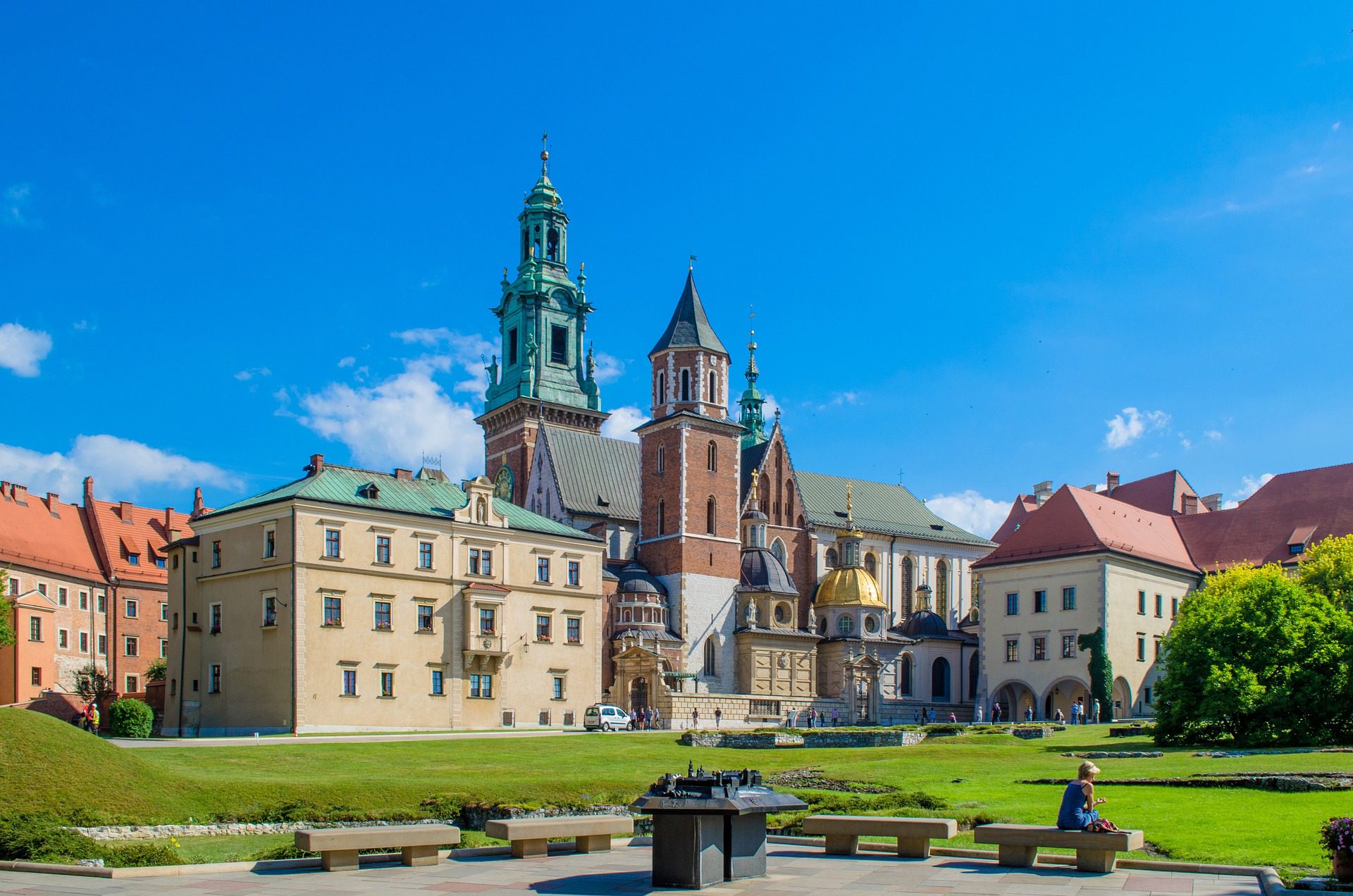Castles in Poland
Castles, forts & palaces
Poland is a country steeped in history, and one of the most prominent features of that history is its castles. From medieval fortresses to grand palaces, the castles in Poland have played a significant role in shaping the country’s past and present. In this article, we will take a closer look at some of the most impressive castles in Poland.
Polish castles are not just an emblem of the country’s rich cultural heritage but also showcase the architectural skills and artistic prowess of the builders of that era. These castles, in their own right, serve as a testament to Poland’s glorious past and are a must-visit for any traveler visiting the country.

Wawel Castle
Located in the city of Krakow, the Wawel Castle is one of the most famous landmarks in Poland. Originally built in the 14th century, the castle served as the residence of the Polish kings for centuries. Today, it is open to the public as a museum, showcasing an impressive collection of paintings, tapestries, and other treasures from Poland’s past.
Malbork Castle
Malbork Castle, also known as the Castle of the Teutonic Order in Malbork, is one of the largest brick castles in the world. Built in the 13th century, the castle was the seat of the Teutonic Knights, a medieval Catholic order that played a significant role in the history of Poland. Today, it is a UNESCO World Heritage Site and a popular tourist destination.
Ksiaz Castle
Ksiaz Castle, located in the southwestern part of Poland, is often referred to as the “Polish Versailles” due to its stunning Baroque architecture and beautifully manicured gardens. The castle was built in the 13th century, and over the years, it served as a residence for various noble families. During World War II, the castle was used by the Nazis as a headquarters for their military operations in the region.
Czocha Castle
Czocha Castle is another impressive castle located in southwestern Poland. Originally built in the 13th century, the castle has gone through numerous renovations and reconstructions over the years. Today, it serves as a popular tourist attraction, offering guided tours, overnight stays in the castle’s chambers, and even medieval-themed banquets.
Kwidzyn Castle
Kwidzyn Castle, located in northern Poland, was built in the 14th century as a stronghold for the Teutonic Knights. Today, the castle is open to the public as a museum, showcasing an impressive collection of medieval weapons, armor, and other artifacts.
In conclusion, the castles of Poland are a testament to the country’s rich history and culture. Whether you are a history buff or simply a lover of architecture and beauty, these castles are sure to leave you in awe. From the grandeur of Wawel Castle to the impressive size of Malbork Castle, the castles of Poland are a must-see for anyone visiting the country.
For further information about castles & palaces in Poland and other detailed tourist information, please visit our travel partner, the Poland Travel Agency.
